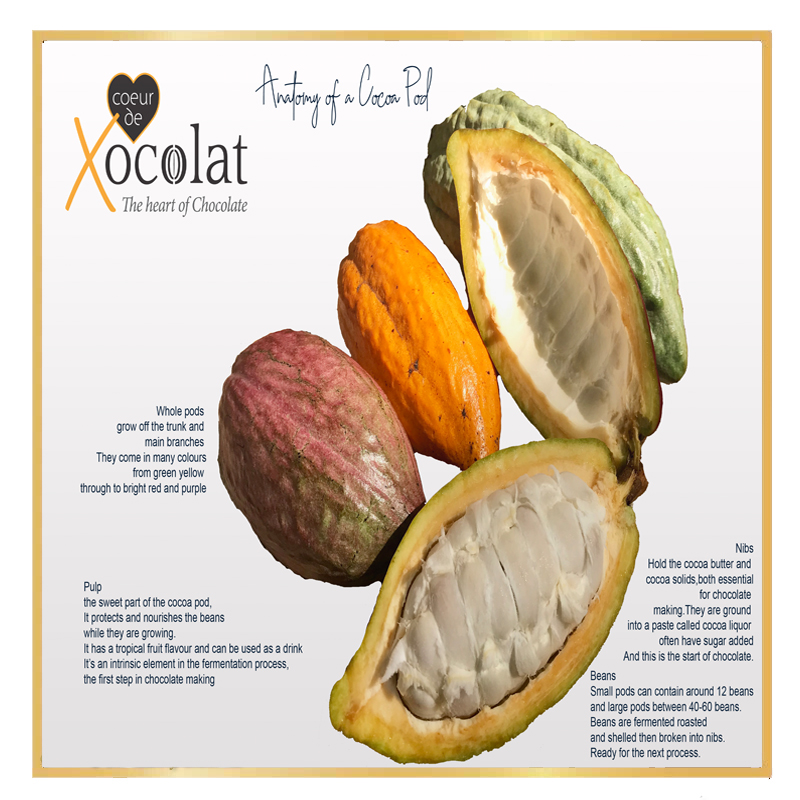Most foods need a degree of further processing, and often, there are parts of crops that are not utilised because they are unappetising, or inedible. Sometimes, as in the case of cocoa, those parts can simply be repurposed, or processed further to make other products like soap, candles, jams and jellies, cocoa vinegar, cocoa juice, cocoa gin, brandy, potash, and even biofuel.
Cocoa pods are the main ingredient in chocolate, but chocolate is made using only the beans inside pods.
Here's the breakdown of a cocoa fruit
Endocarp
Epicarp
Mesocarp
Nibs 21-23%
Shell 2.1-2.3%
Pod 67-76%
Mucilage 8.7-9.9%
Once the beans are fermented and dried, they are sold, leaving about 82% of the cocoa pod left behind as waste.
This byproduct can present a significant problem.
In 2018-2019 the global cocoa harvest was 4.8 million tons and, as we have established, 82% of that will be waste.
This rubbish can cause a problem to local communities by littering, polluting local waterways, blocking drainage systems, and causing flooding.
Repurposing cocoa waste into a commercial commodity not only keeps rubbish out of the environment, but should also create extra income streams and employment opportunities from what some think is just rubbish.
Luker in Colombia are doing some great work in this area as are CRIG (the Cocoa Research Institute Ghana) NPD department who are working on a plethora of products using this waste. Thank you aunty Ester, for sharing some your work with us.

